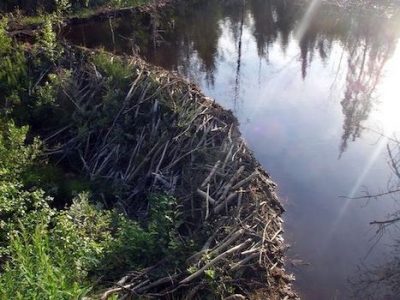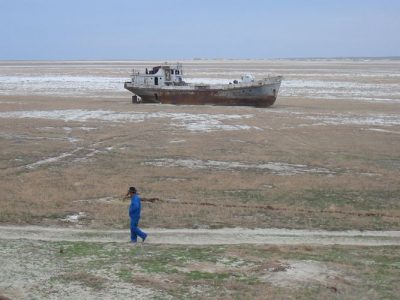From niche construction to the destruction of ecosystems
PDF
In their 2003 book “Niche construction” [1], ecologists F. Odlin-Smee, K. Laland and W. Feldman pointed out that, through its multiple activities and interactions with its physical and biological environment, each species participates not only in the modifications of this environment but also in the evolution – and therefore the construction – of its own ecological niche. In short: the short-term impacts of any species or population on its physical and biological environment exert in return a selection pressure on the species’ adaptation to these impacts.
For example, when a butterfly forages for a flower, it takes the nutritious nectar (which will no longer be available to itself or to other insects on that day) and also collects pollen grains which it may deposit on the pistil of another flower of the same species, thus favouring its fertilization: these are two short-term impacts of this activity, on its habitat and its ecological network

Although the short-term impact of each species – and a fortiori, of each individual – on its environment is generally modest and affects only a small number of organisms, certain species known as “structuring” or “ecosystem engineers” have developed, over generations, high-impact methods and techniques – for feeding, defence against predators or bad weather, reproduction, care of young, etc. – that shape their environment. – some examples from near and far are the following. A few examples closer or less close to home:

- the construction and maintenance of limestone reefs by coral polyps (cnidarians) in the clear, shallow waters of tropical regions, reefs that host and feed a multitude of species dependent on these habitats.
- the felling of trees and the building of dams on rivers by beavers, which radically alter the living conditions and habitat of local species
- in the non-concrete plains and valleys, the construction of galleries and the displacement of organic and mineral matter in the soil by earthworms and other worms, which transform (through their feeding) compact and sterile soils into fertile aerated soils.


Notes and references
Cover image. Bleaching of a coral (acropod), in a coral reef, under the combined effect of chemical pollution, global warming and overfishing. [Source: Wikimedia commons, CC BY 3.0]
[1] Odlin-Smee F., K. Laland & W. Feldman, 2003. Niche construction. Ed.
[2] Smith B.D., 2007. The ultimate ecosystem engineers. Science 315:1797-1798.
[3] MEA, 2005. Millennium Ecosystem Assessment ..
[4] IPBES Report 2019
[5] Steffen W. et al, 2015. Planetary boundaries: Guiding human development on a changing planet. Science 347, 736-746.
[6] Cebello G. et al., 2017. Biological annihilation via the ongoing sixth mass extinction signaled by vertebrate population losses and declines. PNAS
[7] Dirzo R., H.S. Young et al. 2014. Defaunation in the Anthropocene. Science 345, 410-406.
[8] Teyssèdre A., 2004. Vers une sixième grande crise d’extinctions ? In Biodiversité et changements globaux, R. Barbault and B. Chevassus-au-Louis (eds), A. Teyssèdre (coord.), Chapter II, 24-49.
[9] Teyssèdre A. & A. Robert, 2015. Biodiversity trends are as bad as expected. Biodiversity and Conservation 24 (3):705-706.
[10] Latour B., 2017. Où atterrir ? Paris, La Découverte.




